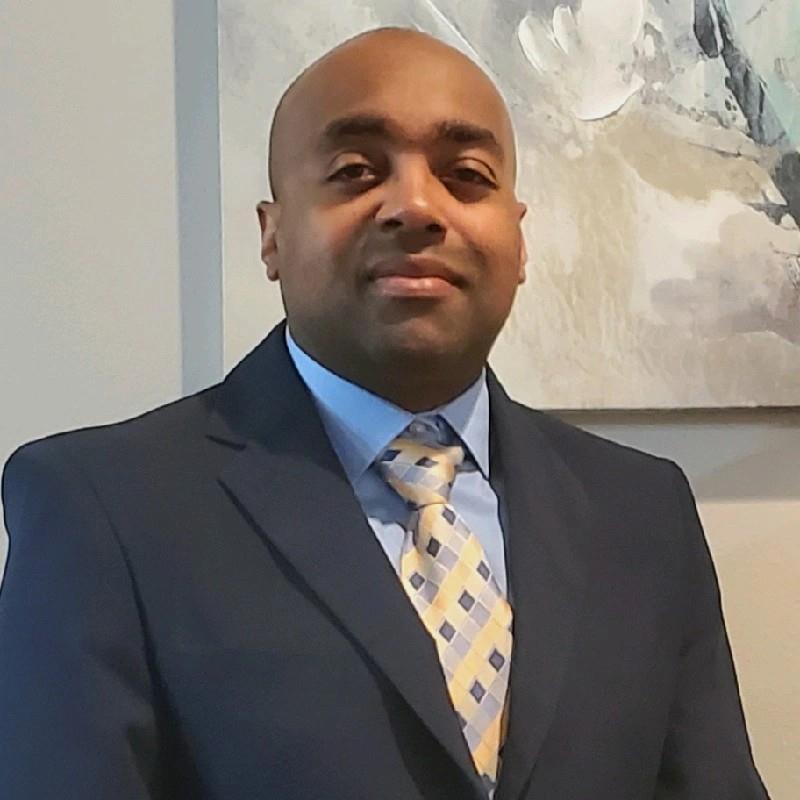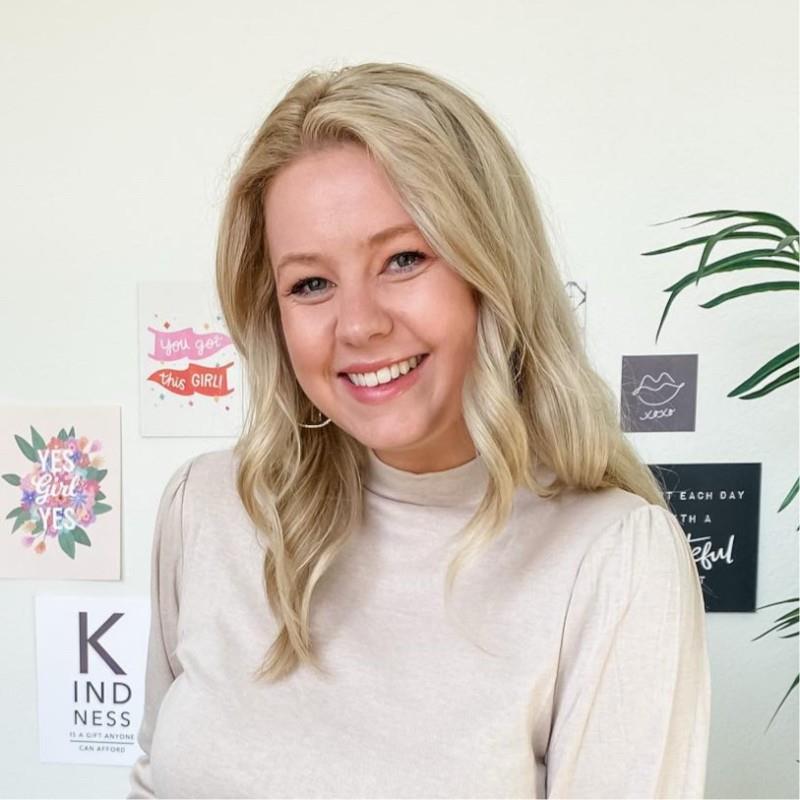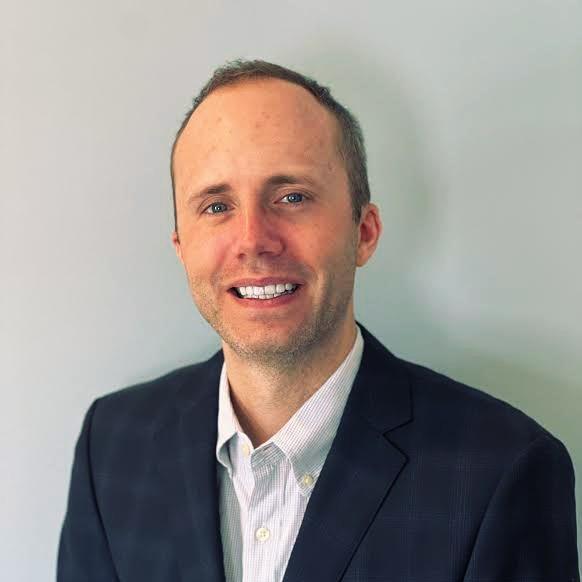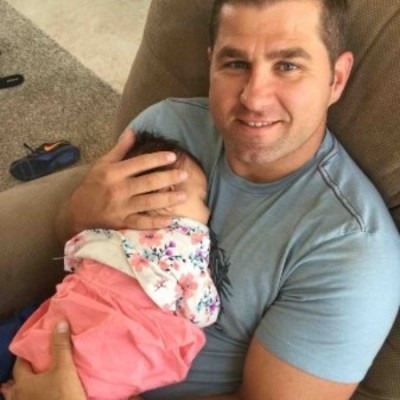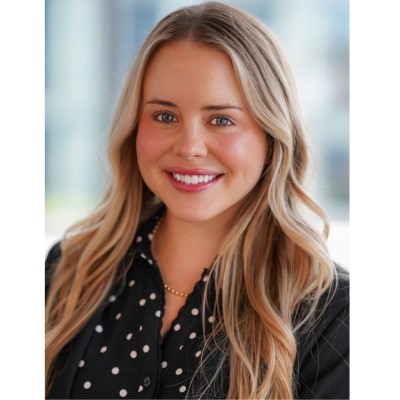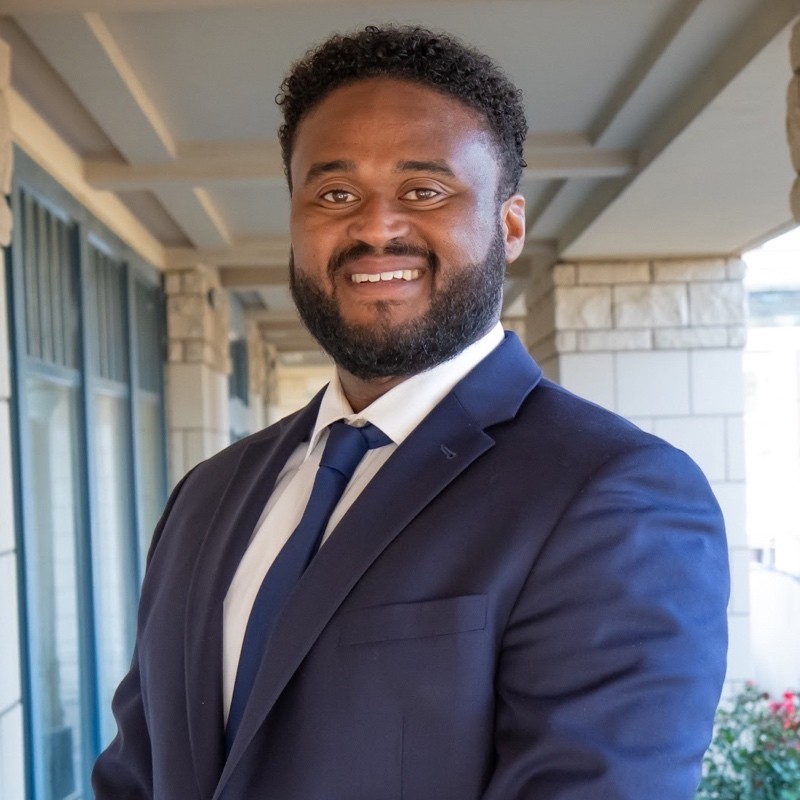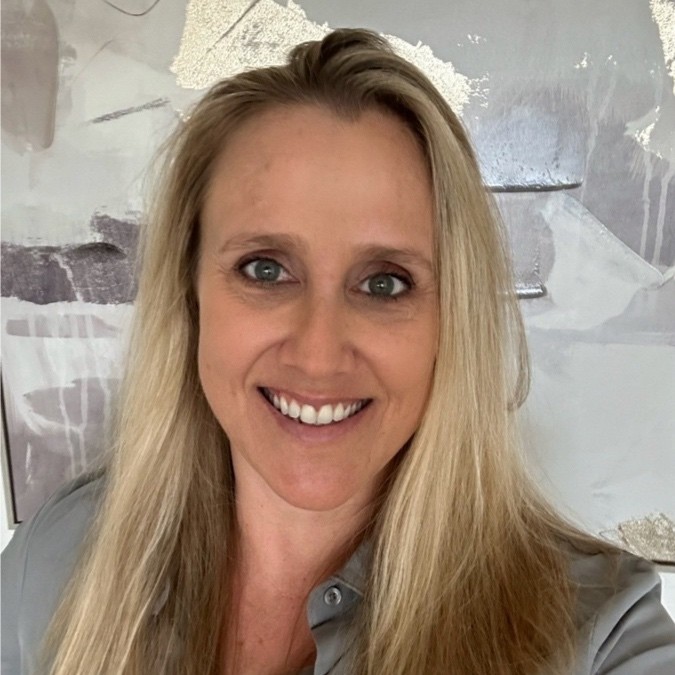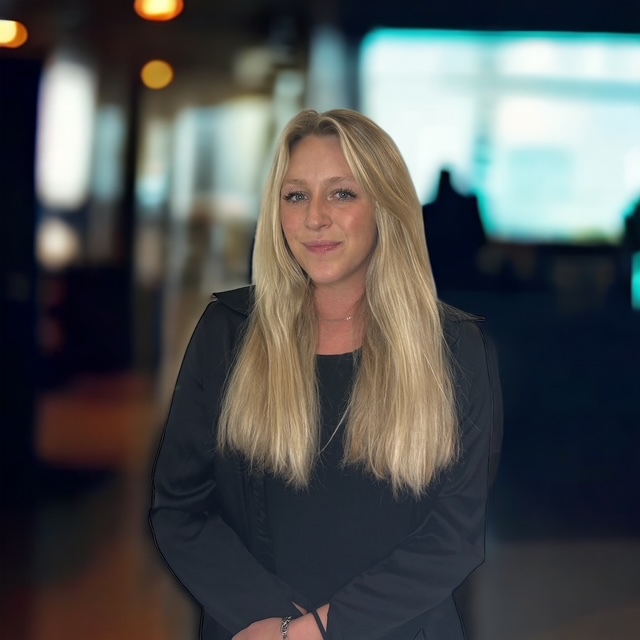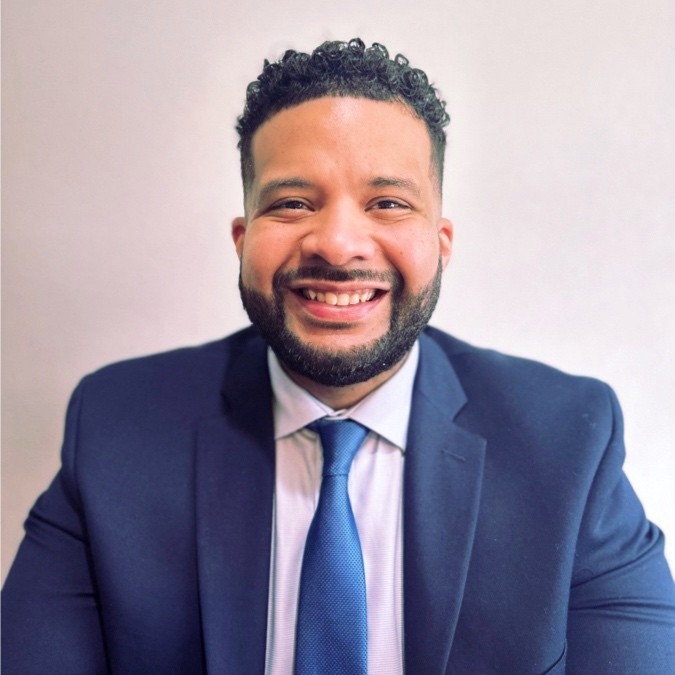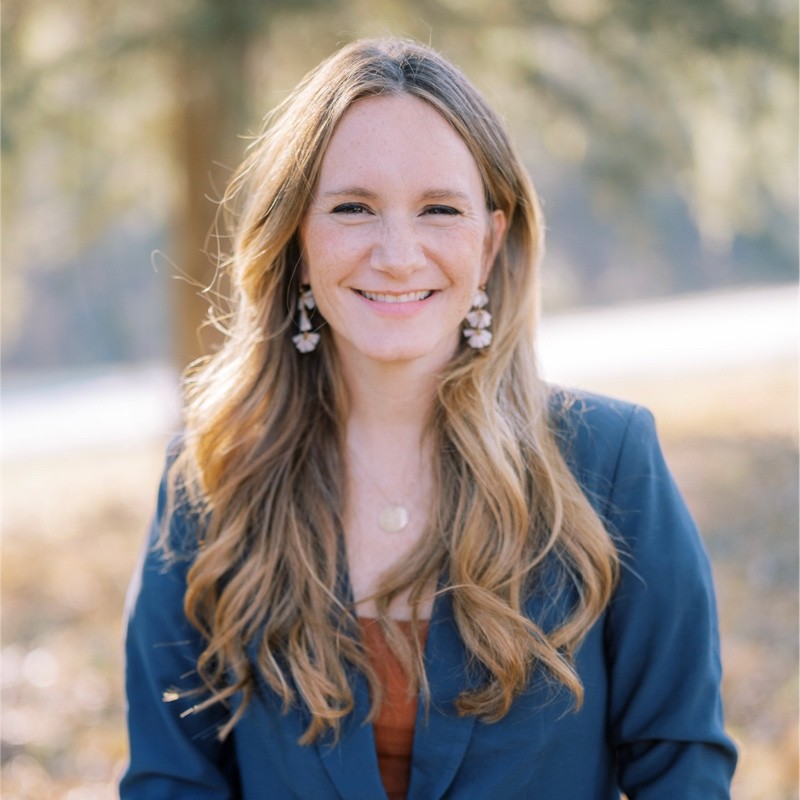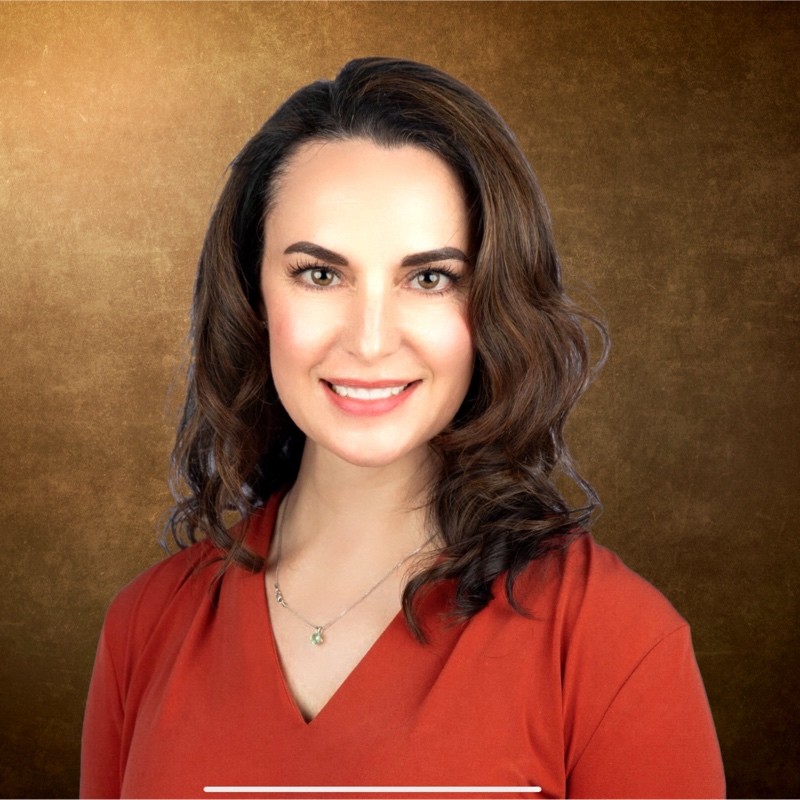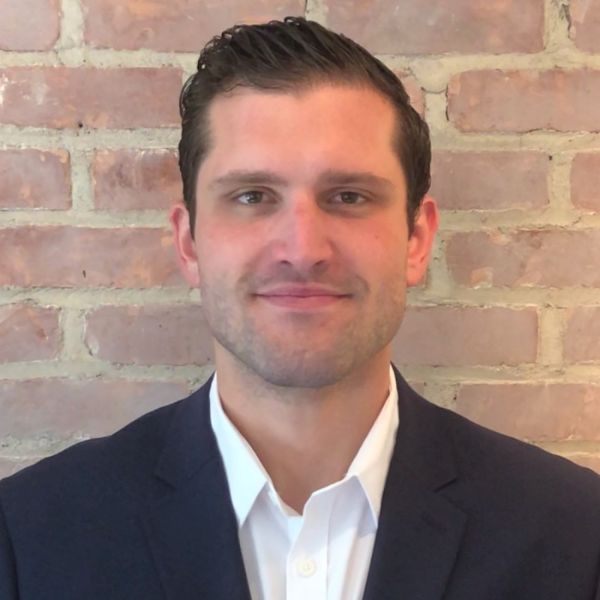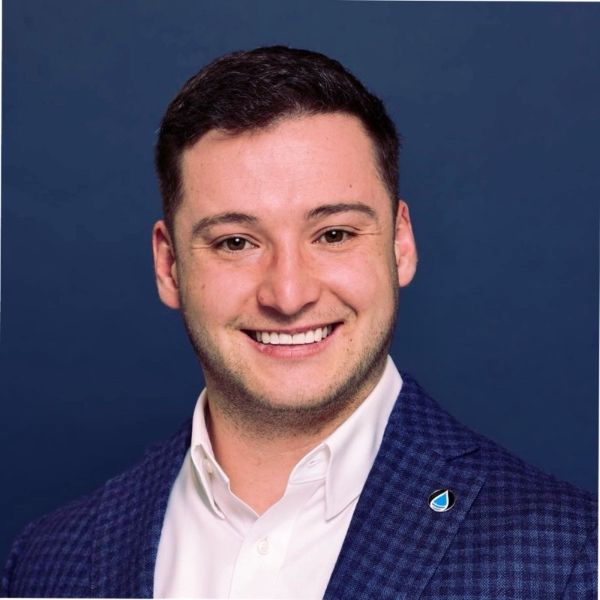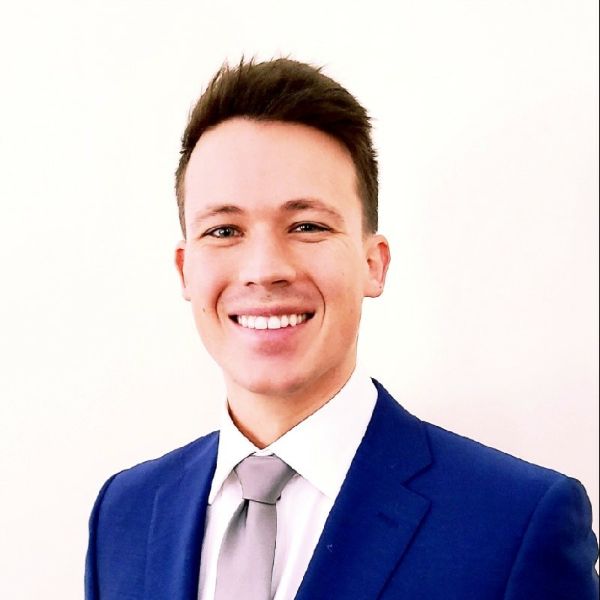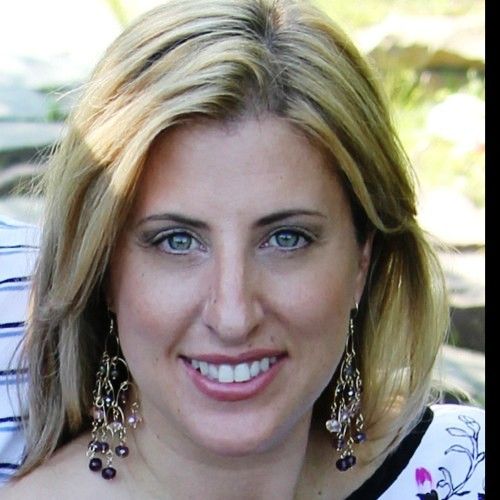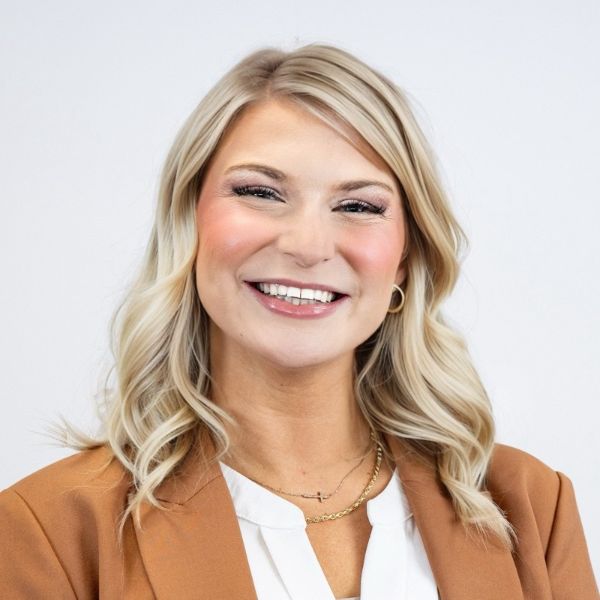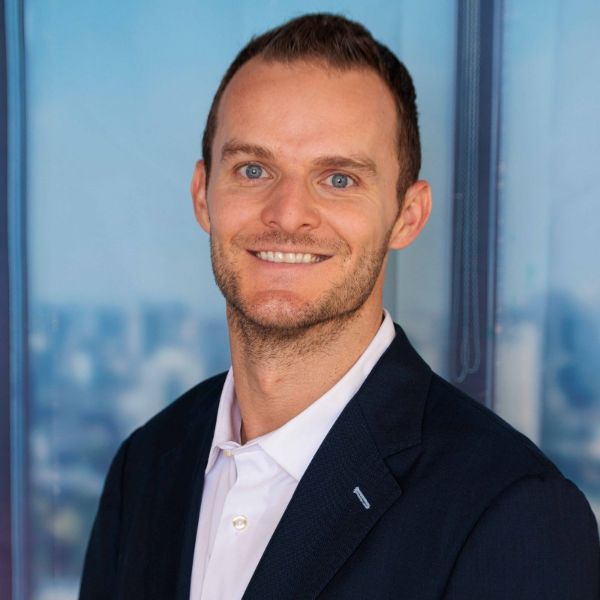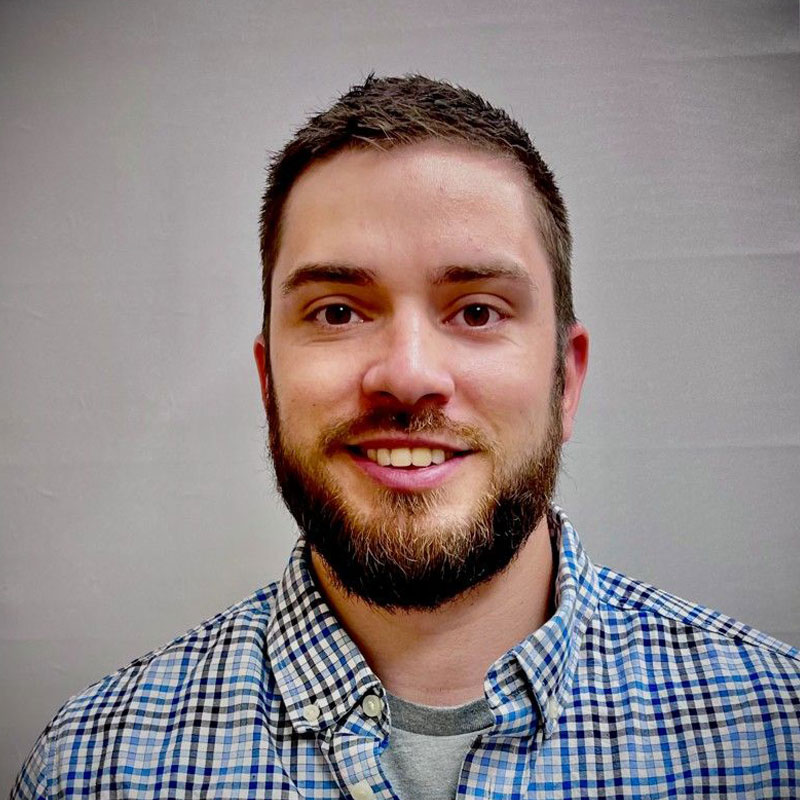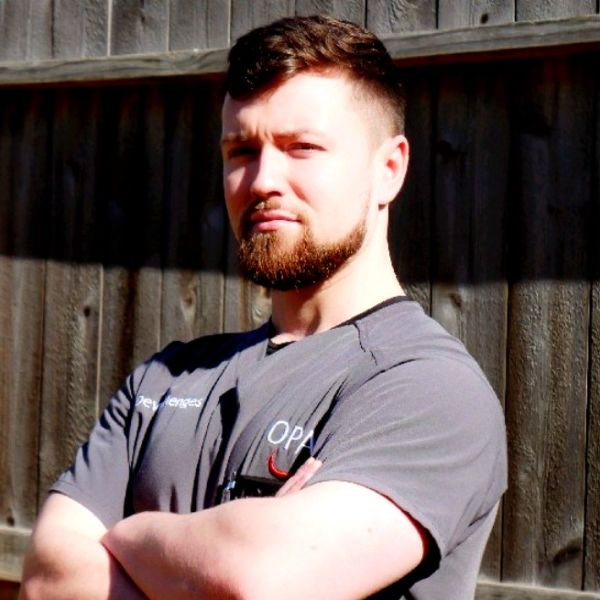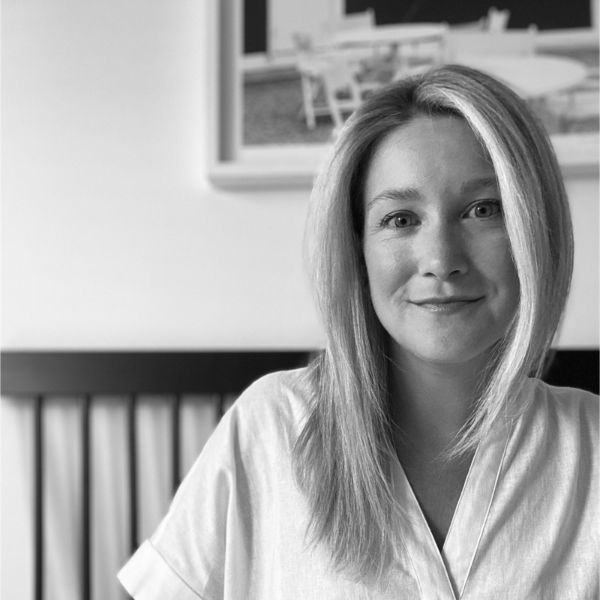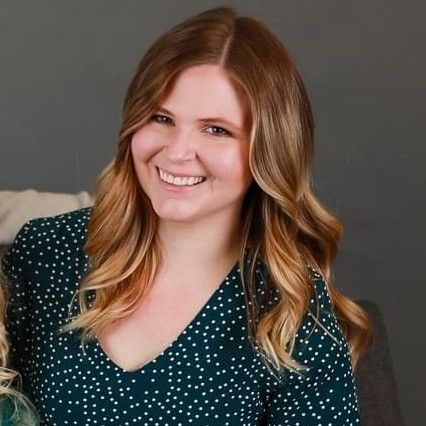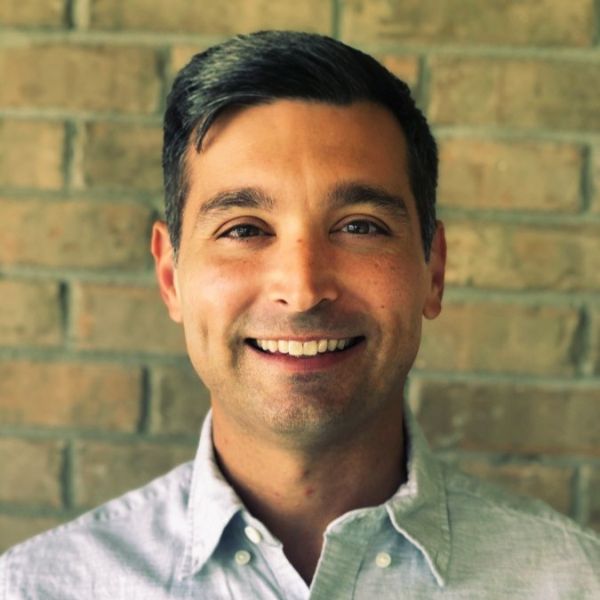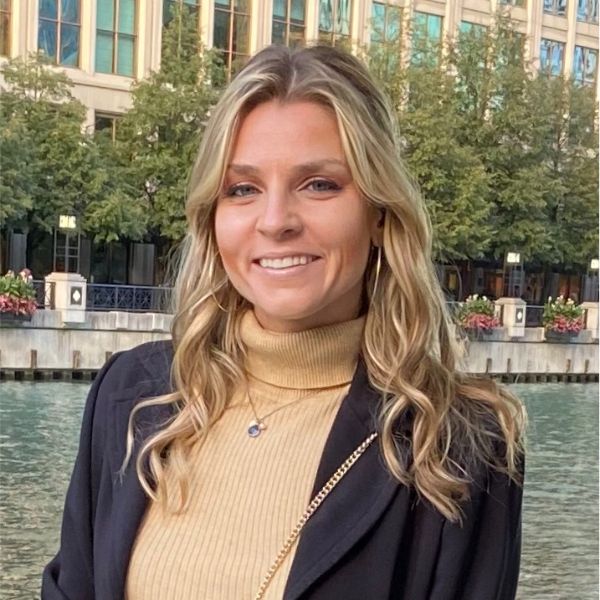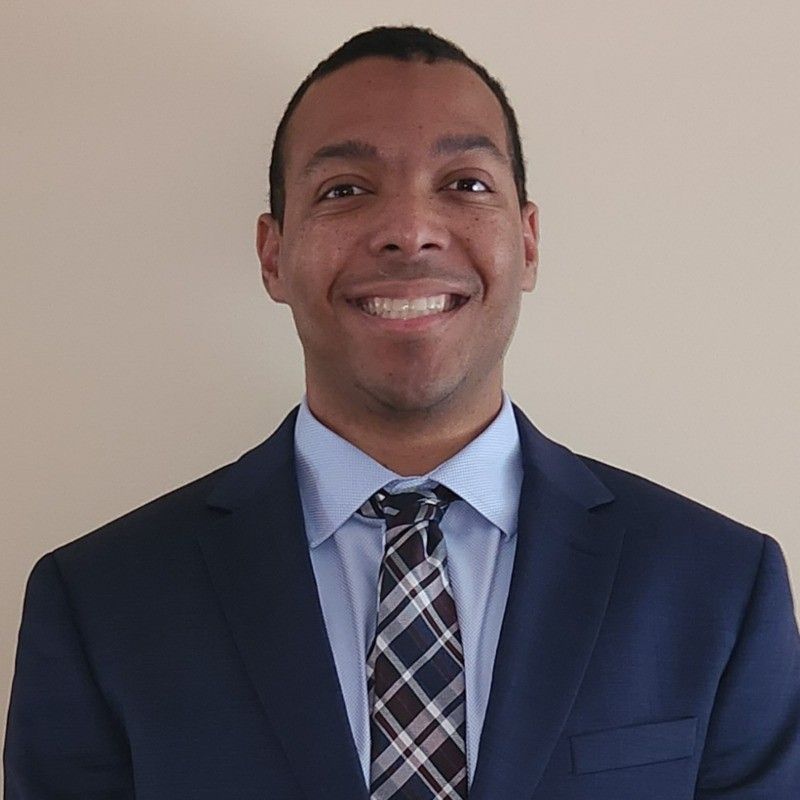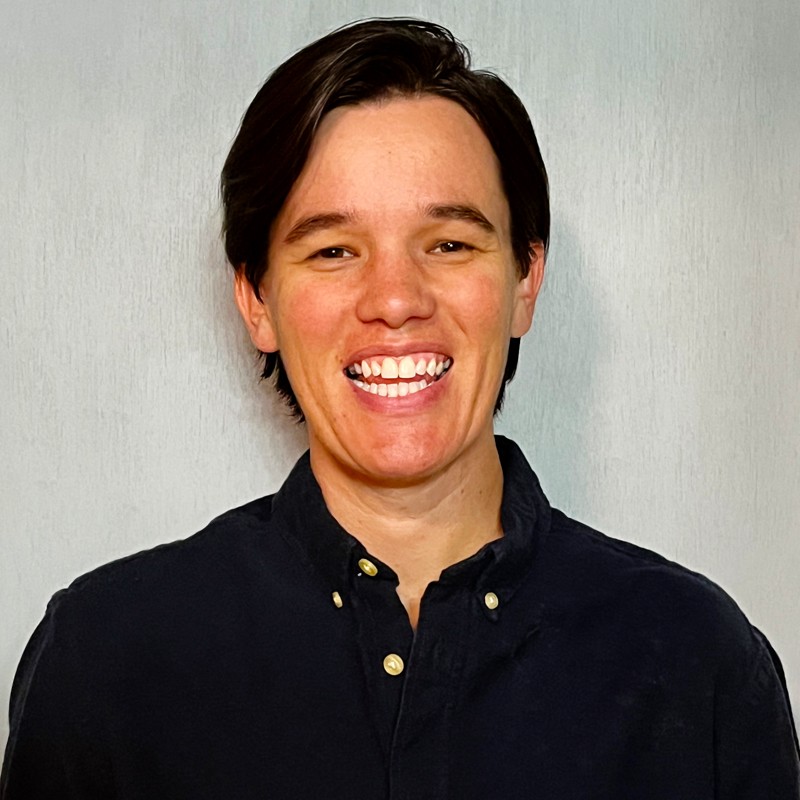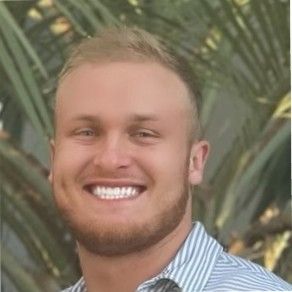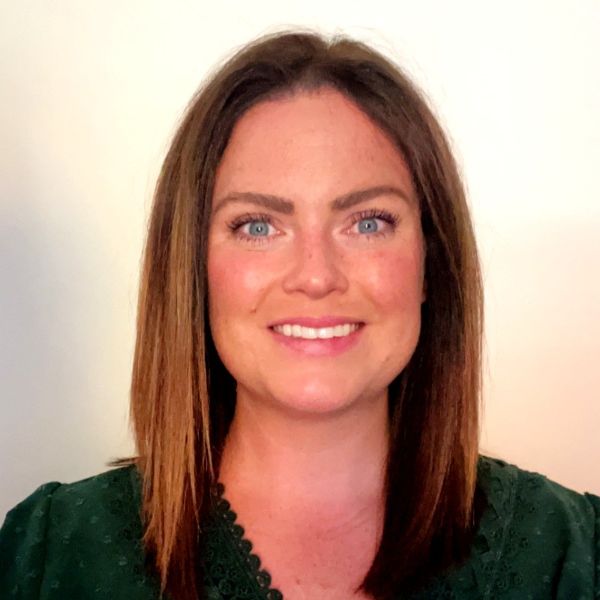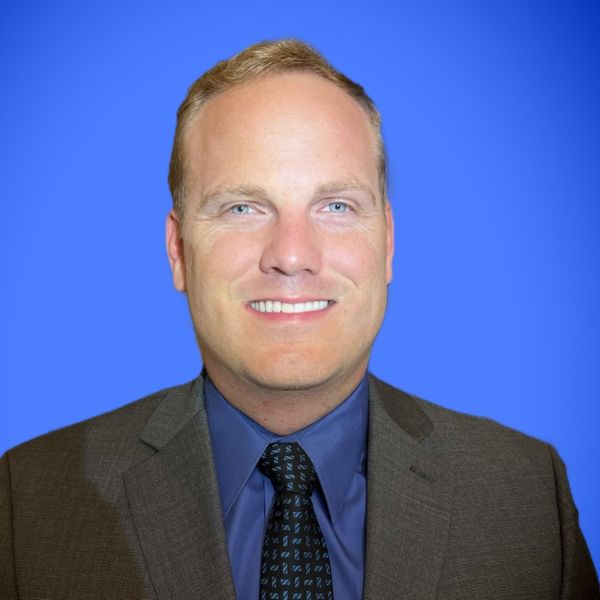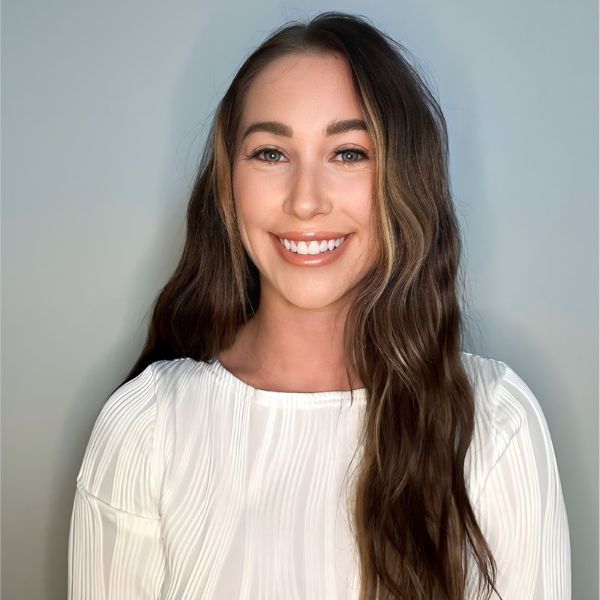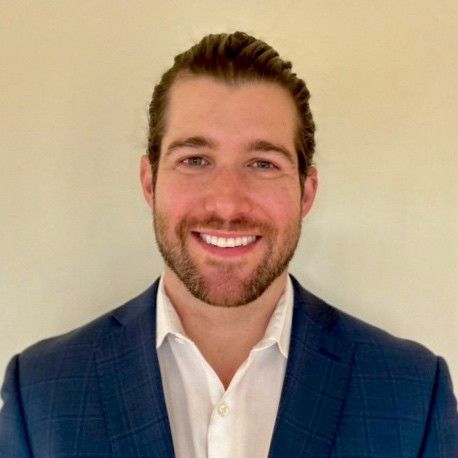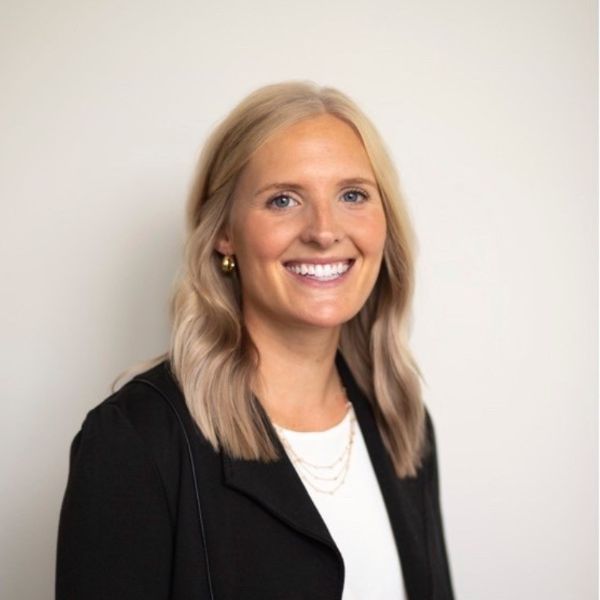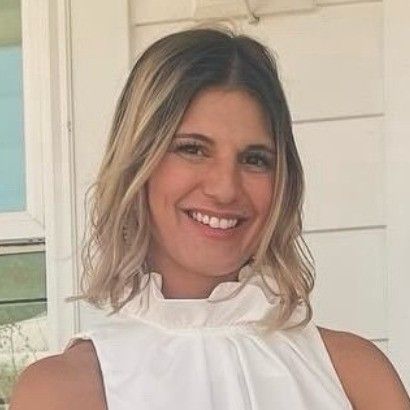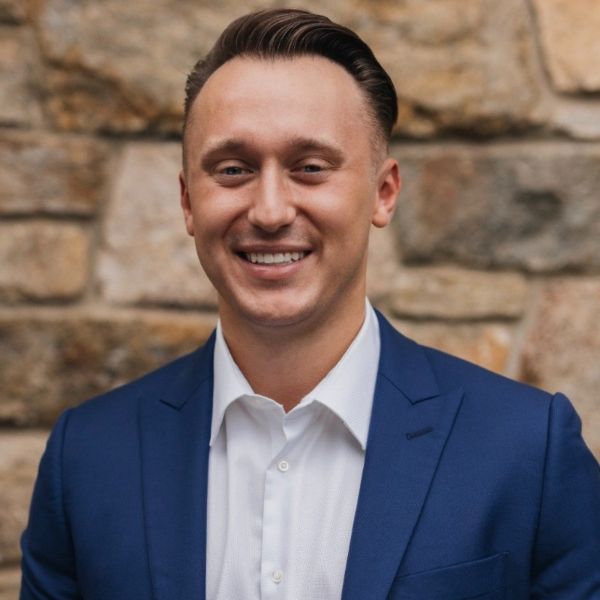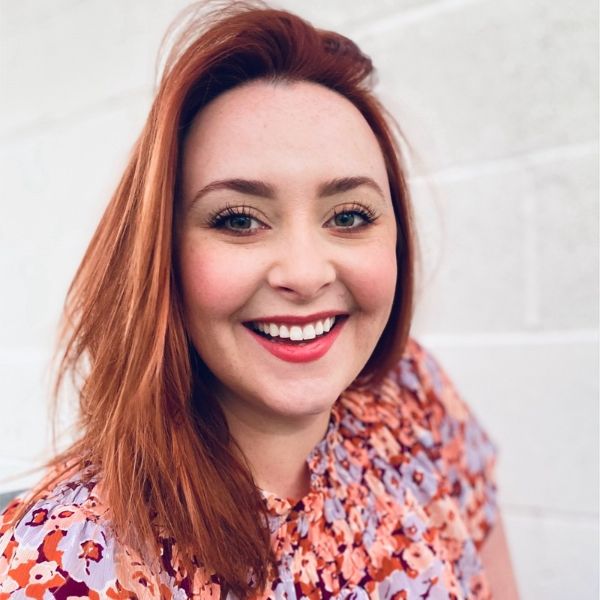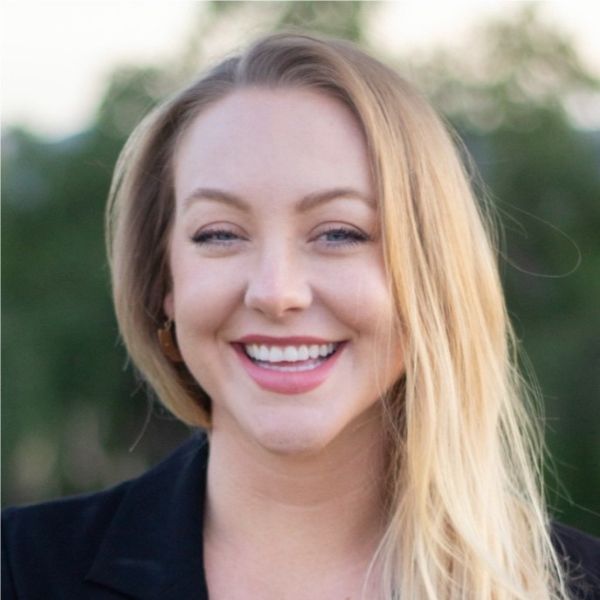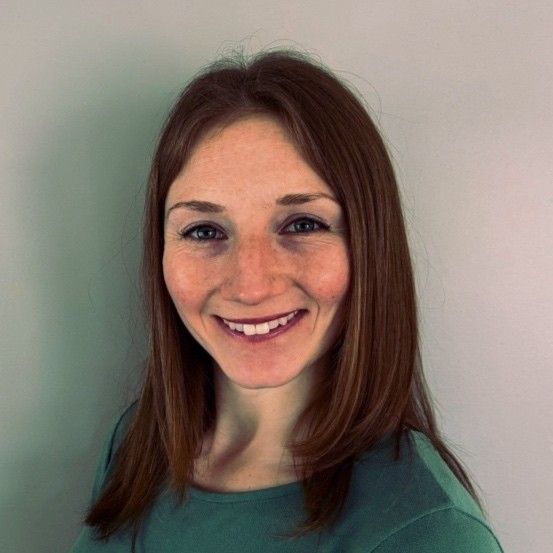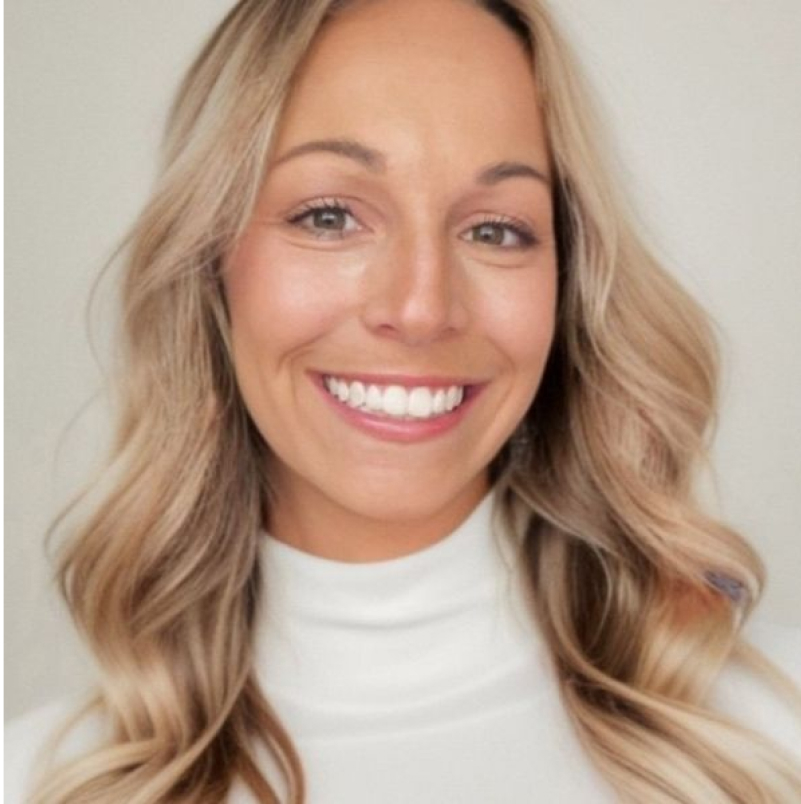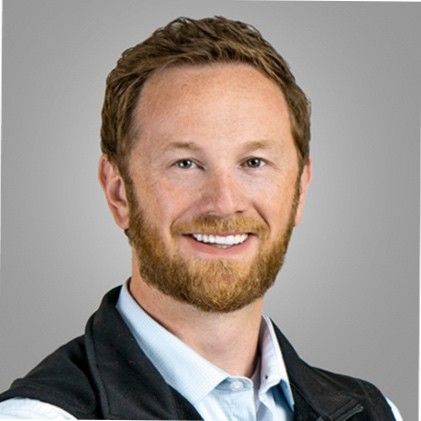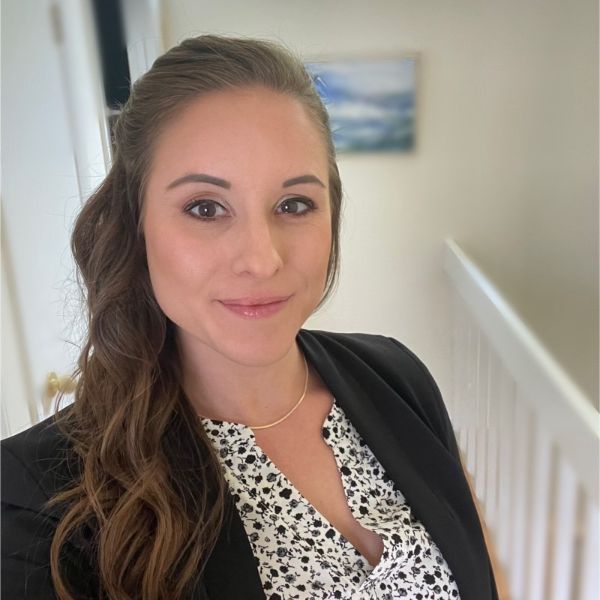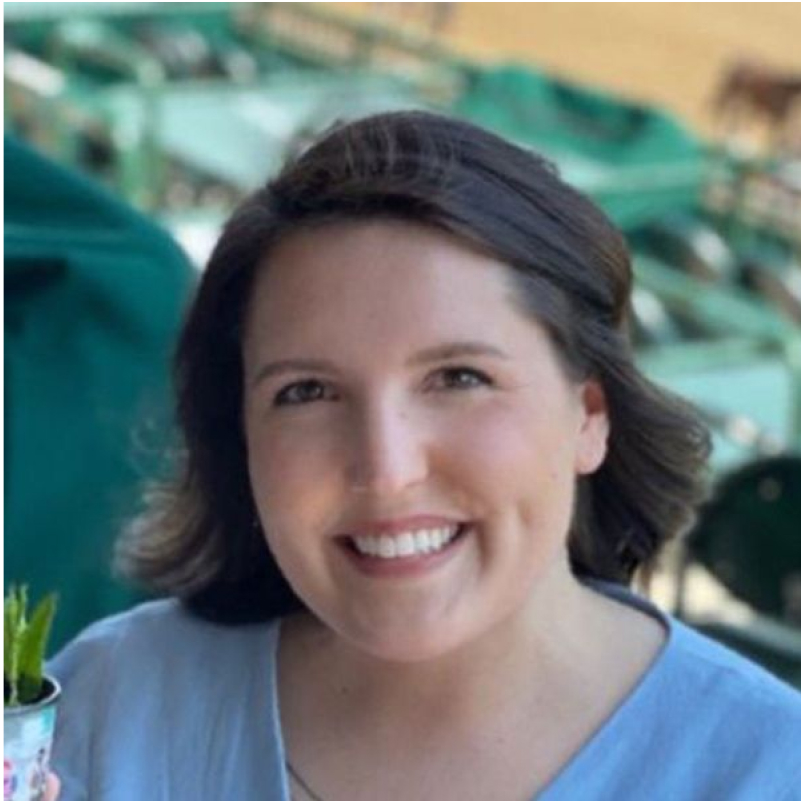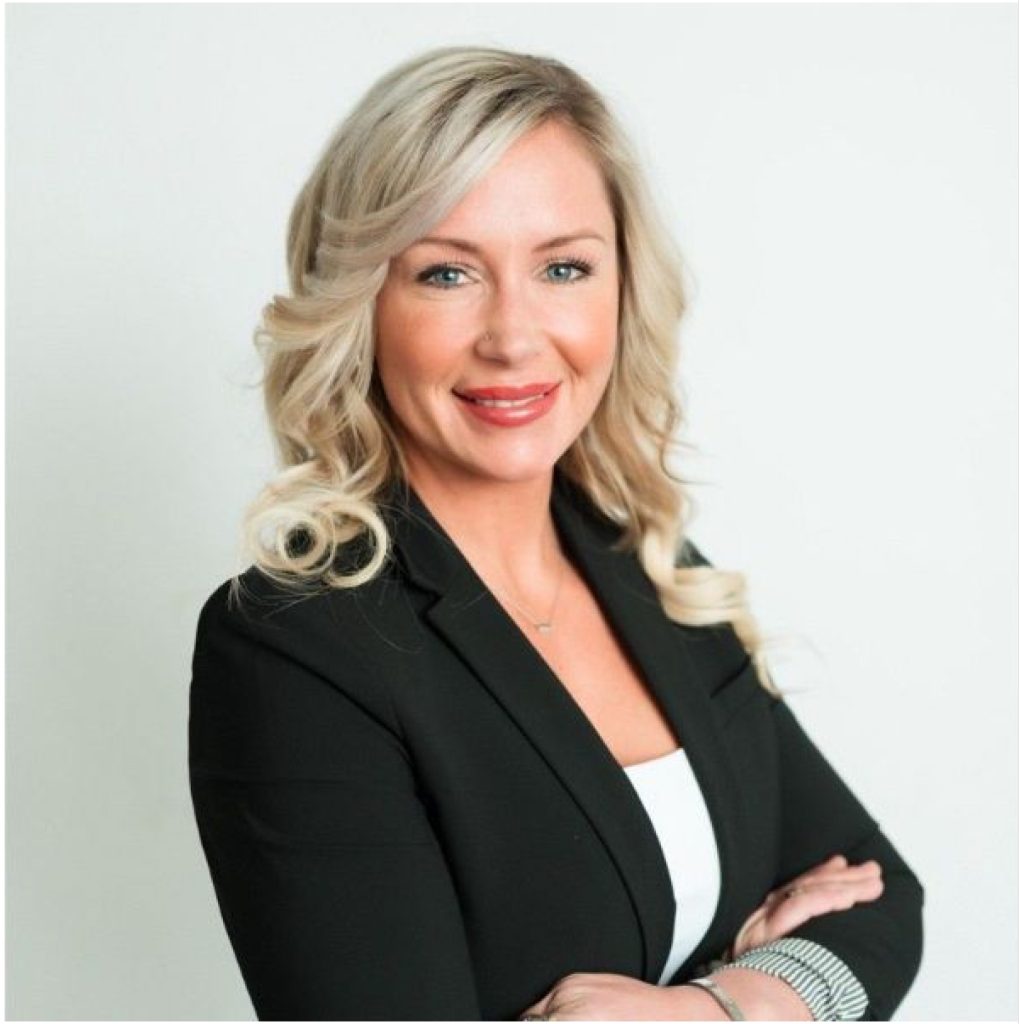Anne Saulnier, the trailblazing CEO of Hex IQ, joins us to reveal how reimbursement data is revolutionizing healthcare sales. With her unique expertise in both marketing and enterprise software, Anne sheds light on the groundbreaking changes brought about by the 2020 law that mandates insurance companies to disclose negotiated rates. This newfound transparency empowers medical sales reps to showcase ROI compellingly, target the right customers, and accelerate their sales cycles. From Hex IQ’s innovative solutions to the enthusiastic reception from healthcare professionals, Anne shares the journey of bringing actionable reimbursement data to the forefront of the industry.
Anne’s story of founding Hex IQ is a testament to vision and perseverance. We explore her background, the pivotal moment that led to Hex IQ’s creation, and the competitive edge the company offers in making healthcare data transparent and actionable. The episode delves into the challenges of market awareness and the positive impact Hex IQ’s solutions have had on medical sales reps and physicians alike. Anne takes us through the user-friendly features of their software that streamline access to complex data and optimize sales strategies.
But Anne is more than just a pioneering CEO; she’s also a hobby farmer, mother of three, and stand-up comedian. We get an inside look at how she balances these roles and what drives her to excel both professionally and personally. From high-risk hobbies to the future of AI in healthcare, Anne’s multifaceted life offers a rich tapestry of insights and inspiration. This episode also tackles the critical issue of data security, emphasizing the measures needed to protect business transactions in the healthcare sector. Join us for an engaging and enlightening conversation that spans the realms of data science, personal passions, and industry innovation.
Meet the guest:
Anne Saulnier is a data nerd, a comedian, a hobby farmer, a former skydiver, and the CEO of a data science company called HexIQ. She and her team are on a mission to disrupt healthcare by revealing how money flows between major payers (such as Blue Cross Blue Shield, United, Cigna, and Aetna) and medical practices, health systems, and private equity firms.
Visit: https://hexiq.com/podcast/
Best Book – Blink by Malcolm Gladwell (https://www.amazon.com/Blink-Power-Thinking-Without/dp/0316010669)
Best Food/Restaurant – Halibut Fish at Scales Restaurant in Portland, Maine (https://www.opentable.com/scales?ref=1068)
Best TV Show – Old Man (https://www.imdb.com/title/tt5645432/)
Watch Anne’s Stand-up comedy snippets on her TikTok Account – https://www.tiktok.com/@annesaulnier
Watch the episode here:
Or Listen to it on your favorite platform:
Love the show? Subscribe, rate, review, and share!
Join the Medical Sales Podcast Community today:
This Podcast offers a pathway to continuing education via this CMEfy link: https://earnc.me/vv0scc
Episode Transcript
00:07 – Samuel Adeyinka (Host)
Hello and welcome to the Medical Sales Podcast. I’m your host, Samuel, founder of a revolutionary medical sales training and mentorship program called the Medical Sales Career Builder, and I’m also host of the Medical Sales Podcast. In this podcast, I interview top medical sales reps and leading medical sales executives across the entire world. It doesn’t matter what medical sales industry from medical device to pharmaceutical, to genetic testing and diagnostic lab you name it. You will learn how to either break into the industry, be a top 10% performer within your role or climb the corporate ladder. Welcome to the Medical Sales Podcast and remember, I am a medical sales expert, sharing my own opinion about this amazing industry and how it can change your life. Hello and welcome to the Medical Sales Podcast. I’m your host, Samuel, and today we have another special guest.
01:05
This is the treat folks Data scientist slash hobby farmer, slash stand-up comedian, Anne Saulnier. She actually is the CEO of Hex IQ, a fantastic company that actually helps physicians or med tech companies find out where their products are reimbursed a level of detail that you cannot find anywhere else, and this company is doing amazing things. If you have a product that requires reimbursement codes or probably has diagnostic codes, this is an episode you can’t miss. You literally can’t miss it, and I don’t even care if you’re a physician, sales rep or a leader within a med tech organization. If your whatever you do deals with codes, you better listen to this episode. It can literally change the game for you, and, in addition to that, you get to hear how this person who started this amazing company finds the time to have a whole full-blown family and do stand-up comedy. That wait for it. We will include the links in the episode. As always, we’re doing our best to bring you guests that are doing things differently in the medical space, so I really do hope you enjoy this interview.
02:16 – Anne Saulnier (Guest)
So it’s beautiful here. I’m in Southern Maine, so up in the New England area, wow, okay, yeah, doing the last summer weekend. So exciting and I’m super excited about this new data product that we have. That is game changing for a lot of our customers.
02:35 – Samuel Adeyinka (Host)
So excited to chat with you about it today. Tell me more, I mean before we get into it. What’s this product?
02:42 – Anne Saulnier (Guest)
Yeah, so there was a law that was passed in 2020, that went into effect in 2022. And it requires that all commercial insurance companies publish every single rate that they’ve negotiated with every provider so every doctor, practice, hospital system and so it makes it possible to see what every provider gets reimbursed for any service or product that they offer, and so it makes it possible to prove out ROI for anyone who sells into healthcare in a way that has never been possible before.
03:20 – Samuel Adeyinka (Host)
So it’s totally game changing, oh that’s cool, okay, okay, let’s start from the top when. Okay, what is HEXA? You’re chief executive officer of HEX IQ.
03:33 – Anne Saulnier (Guest)
I am.
03:35 – Samuel Adeyinka (Host)
What is HEX IQ? Break it down for us.
03:37 – Anne Saulnier (Guest)
All right. So we are a data science company and we’re focused on disrupting health care by showing all of the negotiated rates that insurance companies have with every single medical professional in the United States. We’re a team of 17 people, based half in the northeastern US and Canada and half in Croatia, and we have been together for about 10 years now solving puzzles for about 10 years now solving puzzles, and when this data set dropped, we were so excited at the potential, and so we’ve been having a lot of fun parsing through it and working with customers and finding use cases and, yeah, just so okay.
04:19 – Samuel Adeyinka (Host)
So so who’s your target customer?
04:22 – Anne Saulnier (Guest)
So who’s your target customer? So we help medical sales professionals shorten their sales cycles and find the right targets to go after to prove out ROI for the products and services that they offer.
04:35 – Samuel Adeyinka (Host)
Wow, okay, so is this company or individual sales reps can just say hey, I want to sign up to do this.
04:43 – Anne Saulnier (Guest)
It runs the gamut can just say, hey, I want to sign up to do this, it runs the gamut.
04:48
So we have a mix of customers who are individual contributors that use it as their secret sauce to prove out how much ROI a practice or a physician is going to get from using their products and services. And then we have national sales teams that have it as part of their pitch process, where they’ll go through, and sales teams that have it as part of their pitch process, where they’ll go through and embed it within their proposals.
05:09 – Samuel Adeyinka (Host)
And calculate ROI and just use it. Wow, so wait a minute. So a sales rep now can find you guys go to Hex IQ and say I call on vascular surgeons and I want I can. I can help my vascular surgeon customers with with their ROI for their own businesses or so I mean they could do that.
05:35 – Anne Saulnier (Guest)
But the really exciting part is if, if you sell something into those vascular surgeons that’s a product that they would use in their procedures or something that they would offer as a new service to their patient population, then you can prove out how much revenue will flow through from insurance companies, based on whatever volume they have. So you can say, for every thousand procedures that you do with this device or this process or this product that I have, here’s the revenue that you’ll get from Anthem United, cigna, aetna, in whatever region they’re in.
06:10 – Samuel Adeyinka (Host)
Got it Now for me. The sales rep that wants to utilize this service, is it? You give me data too, juan. You should be over here for your product.
06:22 – Anne Saulnier (Guest)
Definitely. So you can pull rates for your territory and then see, okay, who’s negotiated a solid rate for the services that we care about? And then you can use that data to prove out ROI that way or also to calculate what the downstream impact will be. So if you’re selling into, like a big hospital system, for example, you could say our products and services will bring in this line of revenue, and then you know if it’s a diagnostics tool or something you could anticipate downstream that it’s also going to lead to this. And so the ROI can be really compelling, from small practices, individual physicians, all the way up to big health systems and national private equity owned organizations.
07:05 – Samuel Adeyinka (Host)
Wow, okay, and it’s all insurance based. It’s all based on utilization through insurance. Yes, so that’s the only way the data is qualified.
07:16 – Anne Saulnier (Guest)
Yeah, so there was a transparency and coverage rule that just recently went into enforcement and every month it requires that every commercial payer publish every single rate that they have negotiated with every physician, every NPI for every single service code. So, no matter what your area of specialty is, you can go in and you can view this data and obviously insurance companies were not thrilled to have to publish this. It’s part of a larger transparency effort in all of healthcare and, yeah, it’s been, like I said, game changing for a lot of our customers. So we also work with physicians who use it to negotiate better rates. But on the sales side, it’s great to be able to qualify everybody that’s in your pipeline, to be able to say, like all right, here are the people that are really going to benefit from the products and services that I have, and then I don’t have to wait for a practice manager to give me all the reimbursement.
08:12
Just come in and it’s like you have a crystal ball and they’re like how do you know this?
08:18 – Samuel Adeyinka (Host)
You know that law. You’re right, that law passing is a huge deal. Okay, so give us an example. Give us an example of the rep that’s not utilizing this and then utilize this and life changed. What does it look like?
08:34 – Anne Saulnier (Guest)
Yeah. So if you’re selling into a busy practice, you need volume data for how many of a given procedure this office does and you need to know what their contracted rates are, what their payer mix is. And typically you’re asking the practice manager or the CFO for this information in order to be able to sell into this organization. And the practice managers are super busy, they’re tight for time. They may not know what all their contracted rates are.
09:05
It might be in a filing cabinet, it might be a percentage of Medicare, and so it’s kind of a make work project for that practice manager to get you the data that you need to build out your business case. But if you have access to this reimbursement information, you can just pull it for a specific physician within the practice, the practice itself, the parent organization, and then you can go in with a business case that already has real numbers in and if you assume volumes, you can say you know, for every thousand procedures that you do, here’s the revenue that you could be capturing if you use this product. So the difference is you can come in with your business case all buttoned up without needing to ask them for anything, any sort of information you know, versus having to wait and prolong the sales cycle and maybe find out that your prospect isn’t qualified when you’re already pretty far down the road. So it helps you to make sure that you’re targeting the right prospects and to build a compelling case right from the beginning.
10:06 – Samuel Adeyinka (Host)
Wow, okay. So, Anne, indulge me, give me your biggest success story with this to date. You don’t have to leave it. You don’t have to give names if you don’t want to, but give your biggest success story where it’s crystal clear how valuable this service actually is.
10:21 – Anne Saulnier (Guest)
Yeah, so we’re working with a diagnostics company who has a team of about 10 sales reps nationally, and they use this on a daily basis to go through and put together their pitches for large hospital systems, and they’re able to prove out how much revenue that organization will be able to capture just from the diagnostic services that they have, but then also they can extrapolate all of the downstream revenue that that organization can capture. So it really makes it a no brainer for the people that are in charge of revenue to actually move forward with their product, and so they’ve been able to reduce their sales cycles by up to 30% and also clean out their pipeline so that they know that they’re focusing on the next best practice that could benefit the most from the services that they offer.
11:19
So it’s something that they’ve operationalized and they use every day as they’re figuring out their next targets and selling their products and services.
11:27 – Samuel Adeyinka (Host)
So I mean it’s kind of a loaded question, but I’m going to ask it anyway. So for that company it’s led to more revenue. Yeah.
11:33 – Anne Saulnier (Guest)
And faster, faster revenue.
11:35 – Samuel Adeyinka (Host)
Yeah, yeah, more revenue because it’s faster revenue. Wow, that is amazing. Okay, so this is innovation and and you know, know this law was coming.
11:51 – Anne Saulnier (Guest)
Yeah. So we’re kind of always on the lookout for fascinating data sets, and our background is in healthcare and manufacturing, and so we worked with a lot of medical device companies and pharma and a lot of times people were relying on Medicare volumes which trails by a couple of years and we knew that this law was coming of years. And we knew that this law was coming into effect. And we knew that the payers were not thrilled to have to disclose this, because you know it’s part of their business model to be able to negotiate rates and not have everybody know what they are.
12:20
And when it dropped, we were blown away by the size of the data. So it’s more than two and a half times the size of the whole Netflix HD catalog that drops every single month and then all of the files expire at the end of the month. So it’s kind of a mad dash to get all the data and put it into a format that people can actually use it in. So when this law went into effect, it only required the payers to publish this in a machine-readable format, and so it was really difficult for a business user to go in and be able to access the information that they needed. There’s so much, so much of it, so we tackled that. We have a geospatial data platform that enables us to map all of the NPIs across the United States and then see what rates they have for all of these services across all the payers.
13:13 – Samuel Adeyinka (Host)
Wow, when was this law passed?
13:14 – Anne Saulnier (Guest)
It was passed in 2020, and then it didn’t go into enforcement until July of 2022. And enforcement means that the payers were required to publish this every single month.
13:26 – Samuel Adeyinka (Host)
What’s the adoption? Is it 100% adoption?
13:28 – Anne Saulnier (Guest)
now, yeah, the payers have been great about publishing everything. It was definitely under duress. I mean, you can imagine that it’s a big technical effort to compile all this information, yeah, and then you don’t want to publish it so that all your competitors can see everything you’ve negotiated, but they have been good compliance-wise on the whole.
13:47 – Samuel Adeyinka (Host)
Okay, so I’m listening to this. I’m a rep and I’m listening to this podcast episode and I’m thinking wait a minute, what did she just say? This is fascinating. Which type of rep you know? 30,000-foot view now is going to absolutely 200% benefit from this, and as soon as they hear this episode, they need to get in contact with you.
14:08 – Anne Saulnier (Guest)
Yeah. So if any reps know the reimbursement code that they care about for the product or service that they’re offering, so if there’s a medical device with a specific reimbursement rate or diagnostics code, if you know what your code is, then you absolutely need this product because it can help you prove out your ROI and make your value prop a no brainer for any prospect that’s qualified. So anybody who knows the reimbursement rates can benefit from this.
14:39 – Samuel Adeyinka (Host)
That’s exciting. Now, have you noticed so far, do any specialties do better with this than others?
14:46 – Anne Saulnier (Guest)
So there’s been a lot of adoption in obstetrics and gynecology, in ortho, a lot in dermatology as well. So it has applications across many specialties, but those are the ones where we’ve seen the best traction.
15:00 – Samuel Adeyinka (Host)
So far, when you say dermatology, you’re talking like aesthetics.
15:03 – Anne Saulnier (Guest)
Yes, yeah, aesthetics and that is so cool.
15:07 – Samuel Adeyinka (Host)
Okay, how’d you get into this? You know, take us back. Did you graduate college and say I’m going to start Hex IQ?
15:14 – Anne Saulnier (Guest)
Was it a project or what.
15:17
So my background is actually in marketing and I spent the early part of my career working in enterprise software and I’ve been a serial entrepreneur for the last 15 years or so and I worked with a lot of pharma, medical device manufacturing companies and really became interested in healthcare. My mom was a nurse for 40 years and so I kind of had a window into the healthcare world and was interested in it from there and then learned about various aspects of healthcare from the projects that I worked on early in my career. And then, when this data set dropped, it just everything came together and we were very excited to solve this problem and figure out how to crack the code and get this into as many hands as possible.
16:09 – Samuel Adeyinka (Host)
So when did HexIQ start?
16:11 – Anne Saulnier (Guest)
So we started in 2020.
16:14 – Samuel Adeyinka (Host)
Okay, and was this? You know you woke up one morning after the data set dropped and said we need a company, or was this already kind of in the works and the data set dropping just kind of facilitated everything? Like, how did it happen?
16:32 – Anne Saulnier (Guest)
Yeah, so there was a little bit of serendipity in there. So we were focused on health care data um for um, you know, for what was available at the time and then we caught wind of this legislation going into effect, followed it and then, as soon as it dropped that, it was july 4th weekend 2022. We’re. I know what I’m doing this weekend, and my first thought was like all right, I want to open it up in Excel Like I want to see all this data and there’s no way to open it in Excel without a day science team.
16:57
So we anticipated it being a three month project, maybe to get it up and running, and it took us a couple of years to really operationalize it and make it available for everybody in an easy to use format.
17:12 – Samuel Adeyinka (Host)
That is beautiful. Ok, so are there a lot of competitors in this space? Are you one of one? Are you one of hundred? What does it look like?
17:19 – Anne Saulnier (Guest)
There are probably about maybe 10 companies that are in this space. A lot of folks are focused on the self-funded employer market, so companies that offer their own insurance plans for their employees, and so I believe we are the only company that focuses on sales and physicians as our target market, and so we make it easy for business users to figure out what the reimbursement landscape looks like, who should be targeted, who can benefit the most from various products and services, and then make it available for physicians to be able to negotiate more fair rates and for salespeople to be able to figure out who is the best target for their services.
18:24 – Samuel Adeyinka (Host)
So if you were to just guess and say that the medical device industry is 100%, what percentage do you think is aware of what you guys do?
18:37 – Anne Saulnier (Guest)
I would say that awareness is fairly low right now. So a lot of times when the law first passed, we would go on calls with people and they’d be like is this legal? Because I’m not really supposed to know what the negotiated rates are. So especially people in revenue cycle management were like I’ve got non-disclosure agreements and I’m not supposed to talk about reimbursements. And the spirit of this law is to make it transparent and to make room for disruption, and so there has been a little bit of an education process for the market. So I’d say that maybe 20% are aware that it’s there, and so we’re excited to get the word out and get more people using it.
19:17 – Samuel Adeyinka (Host)
Now let’s take it to the other side, the healthcare physicians. Same thing If all physicians that could benefit from this, which was pretty much private practice in hospitals, right? What if they were a hundred percent? What percentage is aware that this is available?
19:36 – Anne Saulnier (Guest)
I would say, I would say maybe 25 to 30%. So again, awareness is is pretty low.
19:44 – Samuel Adeyinka (Host)
And when they find out about this, they go nuts.
19:47 – Anne Saulnier (Guest)
Yeah, yeah, yeah, I’ve heard game changing. This is unbelievable. I can’t believe this data is available. I can’t believe I can use this information in my renegotiation process on the physician side and, you know, altruistically it’s also going to impact the health care industry as a whole and to flatten rates and make things more affordable for everybody from a patient perspective too. So I think the transparency era that we’re in right now is really exciting for health care, for startups, for medical sales reps, for physicians that want to stay independent. So there’s just so many applications and I’m so excited to talk about it.
20:24 – Samuel Adeyinka (Host)
So so then you know you guys what I mean. You guys been around for four years now, so you probably tripled, quadrupled in growth since year one.
20:32 – Anne Saulnier (Guest)
Oh yeah, like we’re just really recently in our go-to-market phase, because we you know it took us years to actually crack the nut and be able to do this in a way that we could get it out into the world without it requiring a research project and a team of 20 people to work on it.
20:50
So we have a software as a service interface where you can just log in, download the data that you need. We worked really hard to make it easy for folks to be able to access this information and to process all of the latest data every single month. We’re also adding in some additional data sources around quality metrics so that you get more context around the providers that you’re looking for. But the beauty of it is that not only do you see the rates, but you also see the relationships and how the money flows within the system. So you can look at an individual provider within a practice and then see how they roll up into the practice itself and then the parent company that owns it, and so you know. If you’re a rep and you have the headquarters of a large national organization within your territory, then this gives you insight into how many providers are within that network and what the market opportunity could be in a way where you didn’t have access to all of those connected networks before.
21:52 – Samuel Adeyinka (Host)
So you said that this reimbursement codes diagnostic codes, so we’re not talking. Are we only talking about devices then in certain procedures, or are we including drugs in this conversation as well?
22:03 – Anne Saulnier (Guest)
So drugs are not included in the requirement right now. So it was part of the initial transparency in coverage rule that went into enforcement, but then requiring drug codes to be included was deferred and so it’s coming, probably within the next couple of years. That will be a requirement and that will greatly inflate the size of the data but also the value of the data on the pharma side as well.
22:32 – Samuel Adeyinka (Host)
Wow, wow, wow. How soon is that coming?
22:36 – Anne Saulnier (Guest)
There’s no, there’s no set date, so it was just deferred and we don’t have a date yet.
22:40 – Samuel Adeyinka (Host)
Sure. So on that note, you know reps now, at least with large companies, they get insurance breakdowns from their company about where they should spend their time. Is the service you guys provide? You know much more detailed or just different in a better way.
22:58 – Anne Saulnier (Guest)
It’s different in a better way, because if you’re, let me give you an example. So if you are looking to provide like lab services in a practice that doesn’t presently have any lab services and you’re trying to prove out the value of keeping those services in-house instead of sending it to an external lab, you’re not going to have any volume information, any claims data, information from there, information from there. But with this transparency and coverage negotiated rate data you can see what the rates are and prove out the ROI for what they will get if they bring that service in-house instead of sending it out. And so, even if they’re not offering the service that you’re providing right now, you still have the ability to go through and prove out what those numbers will be. So if they have the patient population to support it, then you can build that business case in a way that was not possible before this data dropped.
23:54 – Samuel Adeyinka (Host)
I hope you’re enjoying today’s episode and I want to let you know our programs cover the entire career of a medical sales professional, from getting into the medical sales industry to training on how to be a top performer in the medical sales industry to masterfully navigating your career to executive level leadership.
24:12
These programs are personalized and customized for your specific career and background and trained by over 50 experts, including surgeons. Our results speak for ourselves and we’re landing positions for our candidates in less than 120 days in top medical technology companies like Stryker, medtronic, merck, abbott you name it. Would you run an Ironman race without training and a strategy? You wouldn’t, so why are you trying to do the same with the medical sales position? You need training, you need a strategy and you need to visit evolveyourassetscom, fill out the application schedule some time with one of our account executives and let’s get you into the position that you’ve always dreamed of. I imagine this type of service would work well with marketing efforts from an individual provider or maybe a smaller company industry that’s trying to figure out how to get in front of their customer.
25:06 – Anne Saulnier (Guest)
Yes, definitely. So you can use it to target. You know geo-target different areas, different physician groups, and have an idea of you know what sort of ads you should run in those areas. You can look at any sort of geospatial characteristics of the neighborhoods and tailor the ads based on that. So there are a lot of different ways to use the data.
25:28 – Samuel Adeyinka (Host)
That is amazing. So, on that note then, with all the different ways to use the data, do you find your team is partnering with other organizations, or is it pretty much the? I guess, for lack of a better word, the pot to focus on is so big that you have to put all your energy there. How does it work?
25:48 – Anne Saulnier (Guest)
So we are partnering with lots of organizations on the physician side. So there are member associations that are offering up this data as a member benefit to their communities, and so that’s one Anne that we’re using to get the word out, and then a lot of it is also seeing what other data sets we can fold in that will be valuable to go along with the NPI database that’s enriched with all of this reimbursement information.
26:15 – Samuel Adeyinka (Host)
I imagine the partnership would help with the awareness. So, even though all these other companies that you’re working with are making it known that this exists, you would still say the adoption on the physician side is still 20, 25 percent.
26:28 – Anne Saulnier (Guest)
Yeah, still pretty low Wow.
26:30 – Samuel Adeyinka (Host)
So I would like to imagine within the next five years. I mean, sky’s the limit for you guys.
26:34 – Anne Saulnier (Guest)
Oh, yeah, and there’s so much opportunity in the healthcare industry as a whole for using this data for disruption, for new products and services that are coming out, and you know the sales reps that are using it in their sales cycles feel like they have a crystal ball when they’re walking in, and so it gives them a lot of credibility in the beginning conversations to know what somebody’s reimbursement rate is.
26:58 – Samuel Adeyinka (Host)
Yeah, yeah, yeah.
26:59 – Anne Saulnier (Guest)
The data tells a really interesting story.
27:02 – Samuel Adeyinka (Host)
So, and you have a team of 18.
27:05 – Anne Saulnier (Guest)
Yes.
27:06 – Samuel Adeyinka (Host)
And you’re the head honcho.
27:07 – Anne Saulnier (Guest)
I am.
27:08 – Samuel Adeyinka (Host)
Yeah, Take us there. Take us to the night when you saw that this is becoming what you’ve always dreamed of. I mean, talk to us. You know what was that like.
27:20 – Anne Saulnier (Guest)
Yeah, so our company has worked together in other capacities before we started Hex IQ, so our team’s been together for a long time. We’ve got a great group of people and we’re all pretty nerdy and we’re all like a family, so we’re all super excited that we had a new puzzle to solve and all the different applications and it’s a lot of computer science that comes to bear a lot of math, and so it’s a lot of computer science that comes to bear a lot of math, and so it’s a lot of fun to go through and tackle all these problems. So everybody’s been really excited to work on this project and, yeah, we’re loving life.
28:01 – Samuel Adeyinka (Host)
You know, as a serial entrepreneur, I imagine you work on this and you have this dream and then you know it goes well, well enough, and then you were something else. And then every now and again you get to that one that just hits and it looks like you guys have gotten to.
28:15 – Anne Saulnier (Guest)
Yeah, it feels good. Yeah, it feels good to to find something that that has, you know, a mass application where lots of people can use it and benefit from it, and it actually can make a difference in an industry that has traditionally been not transparent. And you know, this levels the playing field for individual reps, teams of medical sales folks and independent physicians, and so it gives everybody a leg up in the conversation. So it’s exciting.
28:46 – Samuel Adeyinka (Host)
That is awesome, man. So Anne you know, in the conversation. So it’s exciting. That is awesome, man. So Ann, you know, as a data person, how do you conduct every other part of your life? You know, is Hex IQ pretty much a 24-hour gig, or is it? You know, 10 hours of Hex IQ and then you have a family and then you research other things, that kind of drive your data searching ways. Talk to us about what happens to make this all work.
29:13 – Anne Saulnier (Guest)
So yeah, there’s a lot of time management. I have three kids, I have a hobby farm, I do stand-up comedy for fun. What?
29:19 – Samuel Adeyinka (Host)
Yeah, okay, wait, wait, wait. Do we have YouTube? Do we have YouTube? I don’t know.
29:26 – Anne Saulnier (Guest)
It’s not all safe.
29:30 – Samuel Adeyinka (Host)
Everybody listening. If she has a youtube, that link will be in the show notes.
29:33 – Anne Saulnier (Guest)
All right, go ahead yeah, you can find me on tiktok, but uh, yeah, no. So I I do have a lot of interest work-wise. This is my passion. I’m super excited about data but, yeah, yeah, I’ve got three kids and homing pigeons and yeah, so how old are the kids? They are 12, 10 and nine.
29:54 – Samuel Adeyinka (Host)
Oh man, you’re like in the thick of it. Yeah, okay, and girls, all girls, all guys mix.
30:01 – Anne Saulnier (Guest)
Two girls and a boy.
30:02 – Samuel Adeyinka (Host)
Who’s the boss?
30:04 – Anne Saulnier (Guest)
Who’s the boss? Ah, I don’t know, of the kids, or Of the kids, or egalitarian. I think, yeah, I think everybody has their strength and uh, yeah, we’re, we’re definitely democratic and the dsc, you guys are true analytics okay so, so, okay, that’s fascinating.
30:23 – Samuel Adeyinka (Host)
And the hobby? What’s the hobby?
30:26 – Anne Saulnier (Guest)
um. So I have a hobby farm. I do stand-up comedy, storytelling.
30:29 – Samuel Adeyinka (Host)
I don’t even know what that is. What’s a hobby farm?
30:32 – Anne Saulnier (Guest)
It’s not a farm to make money, just a. So I’ve got chickens and about 10 homing pigeons.
30:37 – Samuel Adeyinka (Host)
Oh, you have like an actual, like you got a ranch.
30:40 – Anne Saulnier (Guest)
Well, yeah, a ranch might be a stretch, but I have 10 homing pigeons.
30:45 – Samuel Adeyinka (Host)
Wow, chickens. So you guys have natural, organic breakfast.
30:51 – Anne Saulnier (Guest)
Oh yeah, that is amazing.
30:53 – Samuel Adeyinka (Host)
That is amazing and I’m assuming the whole family’s involved. It has to be a family effort.
30:59 – Anne Saulnier (Guest)
Yeah, definitely. So yeah, we live in rural Maine, always about an hour away from wherever you want to be. So we’re right out here.
31:05 – Samuel Adeyinka (Host)
So yeah, storytelling, storytelling.
31:07 – Anne Saulnier (Guest)
Okay.
31:24 – Samuel Adeyinka (Host)
And like you actually, I mean you regularly go to venues or it’s just like one thing you’ve done, you know off thing you’ve done here and there, or how does it work?
31:32 – Anne Saulnier (Guest)
So I have shows every once in a while in Portland Maine, so I have a storytelling event coming up in September. I do open mics on occasion, I do stand up at clubs and breweries and wow, that you know.
31:47 – Samuel Adeyinka (Host)
I think that’s one of the coolest things I’ve heard a guest say your your juxtaposition of a data scientist and a stand-up comic. I mean, it does not get better than that, that is I used to be a skydiver.
31:59 – Anne Saulnier (Guest)
I feel like I used to be cooler than I am right now and I was hobby hunting for a while when I stopped jumping and comedy filled the void.
32:05 – Samuel Adeyinka (Host)
But so so you were a skydiver too. Yes, what stopped that?
32:10 – Anne Saulnier (Guest)
kids. I wanted to have kids and then risk reward ended up not being worth it, but when I was in my early 20s I I needed it for uh, you know, just focusing and staying in the moment and yeah, yeah, it’s a little fun.
32:24 – Samuel Adeyinka (Host)
I’ve gone skydiving a few times and I absolutely love I was a guy. That’s like I cannot wait to jump out of that plane yeah, I assume though that it’s a relatively safe engagement, but I mean for you to stop due to that.
32:36 – Anne Saulnier (Guest)
It’s not as safe as that, then well, I mean, it’s safe, it’s just I I guess, um, you know there are risks involved with it and then if you’re not doing it all the time, then you can get out of practice and, you know, open yourself up for more injury. And you know, just, if you’re doing it every single weekend and having a blast and that’s a focus, then I feel like that’s safer than just fair weather jumping coming in every once in a while.
33:02 – Samuel Adeyinka (Host)
So yeah, that’s fair. So you know, data scientist, you got this team you’ve been with for 10 years now. You guys found the big one and you’re going nuts. Where did the standup comedy show up? Why and how and what allowed it to continue? I mean, just I’m curious.
33:19 – Anne Saulnier (Guest)
Yeah, just I, I need something outside of work to to, to be a draw. I tried, you know, crafting. I tried lots of hobby farming stuff and you know nothing really lit me up the way that skydiving used to. And then I had a friend who was offering a comedy workshop and I was like I’m funny, I could do that and so I did that and uh yeah, from that moment I’ve been interested in performing.
33:44
It’s just scary enough so it’s not quite as intense as jumping out of a plane, but when you pick up that microphone, it’s, it’s a lot of fun yeah, that’s, that’s.
33:51 – Samuel Adeyinka (Host)
You know, I did, I. I went when I first moved to downtown LA. This was gosh, maybe 11 years ago now. I uh, I went to improv, uh, to groundlings, groundlings in Los Angeles to do an, an improv class, just to kind of be, you know, an extra skill set, to kind of develop.
34:22
And I know that standup comedy is not the same, because that’s more, it’s more practiced. But I remember meeting some standup comics in that time and thinking, huh, I wonder what that life is like. That is so cool. Okay, so, data scientist, family woman, hobby farmer and stand up comic, talk to us about what’s going on with social media and data. You know, I think I’d like to believe that, with AI, with how easy it is now to go from complete obscurity to somewhat of a brand through social media, and now with access to data that was just never accessible before, where do you see us 10 years out? Are we going to be playing a completely different game than what we see now with healthcare and how services are utilized and products are used, or do you see much more of the same?
35:20 – Anne Saulnier (Guest)
I definitely think in 10 years there’s going to be a lot of differences. Ai is going to play a huge role on the business side of healthcare and then also on the practice side as well and at the bedside. So I don’t even know if it’s possible to predict how the world is going to look, but I feel like the transparency that is going on in the US healthcare market is really healthy and people being able to look at what the problems are and find novel ways to solve them is going to be game changing, and just the speed with which we can deliver things in healthcare is going to improve a lot. So traditionally putting in new technology in healthcare has actually slowed things down. So you think about electronic medical records and trying to connect everything and I feel like.
36:06
AI is going to help bridge that and get healthcare onto more of the leading edge of the industry. So it’s really exciting to think about what the future holds and what the possibility is.
36:19 – Samuel Adeyinka (Host)
Now, while this is all going on, there’s another thing going on, and that’s the vulnerability that we all have because we’re doing so much online and so many of our businesses are contingent upon online access. Doing you know, is it? Do you think about that? Is that just you know? If that happens, oh well, or is that? Or are there things you guys have thought through to work around that? If that was something, if something was to affect the connectivity that we experienced today, can?
36:55 – Anne Saulnier (Guest)
you ask that a different way, sorry?
36:57 – Samuel Adeyinka (Host)
sure, okay. So you know, for example, we just just had this recent cyber strike thing that happened right Now, taking any entity and affecting their online connectivity on a mass scale can happen right, whether it’s by accident or by terrorist group or whatever. And I wonder if companies that solely work online online like ours, for example, and yours Are you is there anything to be done to be able to continue business if that, if something was to affect online connectivity, or or is it? You kind of look at it like, well, if that happens, so much of the world’s going to be disarray anyway, it’s not really going to matter for us.
37:42 – Anne Saulnier (Guest)
So much of the world is going to be disarray anyway, it’s not really going to matter for us. Yeah, so we do have a mix of data processing that happens in the cloud and that happens within a data center as well. So if we were to lose connectivity, we would still be able to maintain the data that we have in our data center ops. So it’s something that is definitely a risk, because the way that we access the data from the payers is online. The way that we distribute it to our customers is online, but we do have disaster recovery and backups in place to be able to maintain continuity in the case of disruptions to service.
38:17 – Samuel Adeyinka (Host)
Now, hacking is something that everyone has to think about today. You know email, I mean anything online is something that everyone has to think about today. You know email, I mean anything online. Is it apply here as well, or does that not really? You know, getting access to records and fraud and things like that? It doesn’t really exist in this data research space, or is it just as risky as anything else?
38:35 – Anne Saulnier (Guest)
In this space. It’s not so bad because there’s no HIPAA data that we have to worry about at all. So it’s all just the business side of healthcare. It’s not specific patient records or information or volume data around that. It’s all the pennies and the pins and the paperclips as far as what the flow of money looks like, but not what patient care is.
38:56 – Samuel Adeyinka (Host)
Got it. Got it. Okay. A few more questions before we bring this to a close. A few more questions before we bring this to a close. What are the reasons to not use this service, if any? Are there situations where this would not be advantageous? Or if you’re in this situation, don’t bother.
39:26 – Anne Saulnier (Guest)
So if you have a product or service that’s not specifically tied to reimbursement revenue for practice, then this service wouldn’t be as beneficial for proving out ROI. It may help you find various practices that meet the profile that you’re looking for as far as number of physicians or specialists within the group, but where it really shines is when you have a reimbursement code that you know and love and care about and can articulate to your prospects. So if your product and service is tied to reimbursement in the medical space, then that’s when it makes the most sense.
39:52 – Samuel Adeyinka (Host)
Fantastic. This was awesome, man. I mean, what you guys are working on is truly exciting. I love everything you’re doing. How can people find you?
40:02 – Anne Saulnier (Guest)
So we have a special page for listeners. If you go to hex IQ dot com slash podcast, then you’ll see a special offer there for for listeners here where you can get a detailed prospect report for a sales cycle that you’re in. So if you provide information on a hospital system or group or individual provider that you’re looking for, then we can help you sleuth out what their reimbursement rates are for the codes that you care about. So if you go to hex IQ dot com slash podcast, then there’s a free gift in there for listeners.
40:40 – Samuel Adeyinka (Host)
Wow, and everyone that will also be in the show notes. Okay, and we have one more thing to do. Are you ready?
40:48 – Anne Saulnier (Guest)
I think so, you think so.
40:50 – Samuel Adeyinka (Host)
Okay, we have the lightning round. Lightning round. I’m going to ask you four questions. You have less than 10 seconds to answer.
40:56 – Anne Saulnier (Guest)
Oh no.
40:58 – Samuel Adeyinka (Host)
All right. First question what is the best book you’ve read in the last six months?
41:03 – Anne Saulnier (Guest)
Oh, in the last six months. Less than 10 seconds. I really like Blink by Malcolm Gladwell.
41:11 – Samuel Adeyinka (Host)
Oh, that’s a good one. Yes, classic. What’s the best TV show or movie you’ve seen in the last six months?
41:18 – Anne Saulnier (Guest)
I really enjoyed the Old man, which is a.
41:22 – Samuel Adeyinka (Host)
The Old man. Yeah, what is that?
41:24 – Anne Saulnier (Guest)
It’s a series, so the Old man with Jeff Bridges, and he plays an aging CAA operative and it’s just really entertaining to watch Very cool.
41:36 – Samuel Adeyinka (Host)
How many seasons?
41:38 – Anne Saulnier (Guest)
I think it’s just one right now. Just one Okay.
41:40 – Samuel Adeyinka (Host)
Very cool. Okay, we want the restaurant location and item. What is the best meal you’ve had in the last six months?
41:49 – Anne Saulnier (Guest)
Ooh. So there’s a place called scales in Portland Maine. That is just phenomenal for seafood, and I had halibut there two weeks ago and it was just to die for him. So highly recommended If you’re in Portland, Maine, go to Scales.
42:06 – Samuel Adeyinka (Host)
That is happening? And, last but not least, what is the best experience you’ve had in the last six months?
42:11 – Anne Saulnier (Guest)
The best experience that I’ve had in the last six months. 10 seconds is so hard to. 10 seconds is so hard to.
42:24 – Samuel Adeyinka (Host)
We won’t hold it against you if you break time. Please still answer the question.
42:33 – Anne Saulnier (Guest)
So I would say the best experience in the last six months is taking some time out with the kids and spending the weekend on the lake swimming and just relaxing and enjoying the beautiful weather in Maine was the highlight of my last six months. That’s awesome.
42:51 – Samuel Adeyinka (Host)
And it’s a true treat to get time with you today. This stuff you’re working on, it’s clearly the future. You guys are in the infancy stages, so the future is extremely bright. Thank you for sharing it with us today and we can’t wait to see what you guys go on to do.
43:06 – Anne Saulnier (Guest)
Thank you so much. It was awesome talking to you.
43:08 – Samuel Adeyinka (Host)
Absolutely, and that was Anne Saulnier. Wow, it’s unprecedented times To have access to that kind of information at the level they now have it and make it a resource for really anyone to use. It’s just a different time. This is the time where you can be just someone of complete obscurity and become a household brand through social media. This is also the time where you can have access to a customer’s data on how they’re reimbursing their services and products. Bring it to them in a pitch and have them do business with you because you have access to that kind of data. These are the times we live in. It’s amazing times and it happens in this wonderful field of medical sales.
43:53
If you’re someone trying to get a position in medical sales, you already know what I’m going to say. Visit evolveyoursuccesscom, get some time with one of our enrollment specialists and let’s get you into the position of your dreams. If you’re looking to improve your sales performance, you want to make some things happen. You want to utilize resources like this. Again, go to vargasuccesscom, get in touch with one of our enrollment specialists and let’s get you where you need to go.
44:15
As always, we’re doing our best to bring you guests who are doing things differently in the medical sales space. So I really do hope you enjoy this episode and make sure you tune in next week for another episode of the Medical Sales Podcast. I hope you enjoyed today’s episode and remember I have a customized and personalized program that gets you into the medical technology industry as a sales professional or any type of role for that matter. Become a top performer in your position and masterfully navigate your career to executive level leadership. Check out these programs and learn more at EvolvesSuccesscom by visiting our site, filling out an application schedule some time with one of our account executives and allowing us to get you where you need to be. Stay tuned for more awesome content with amazing interviews on the Medical Sales Podcast.
